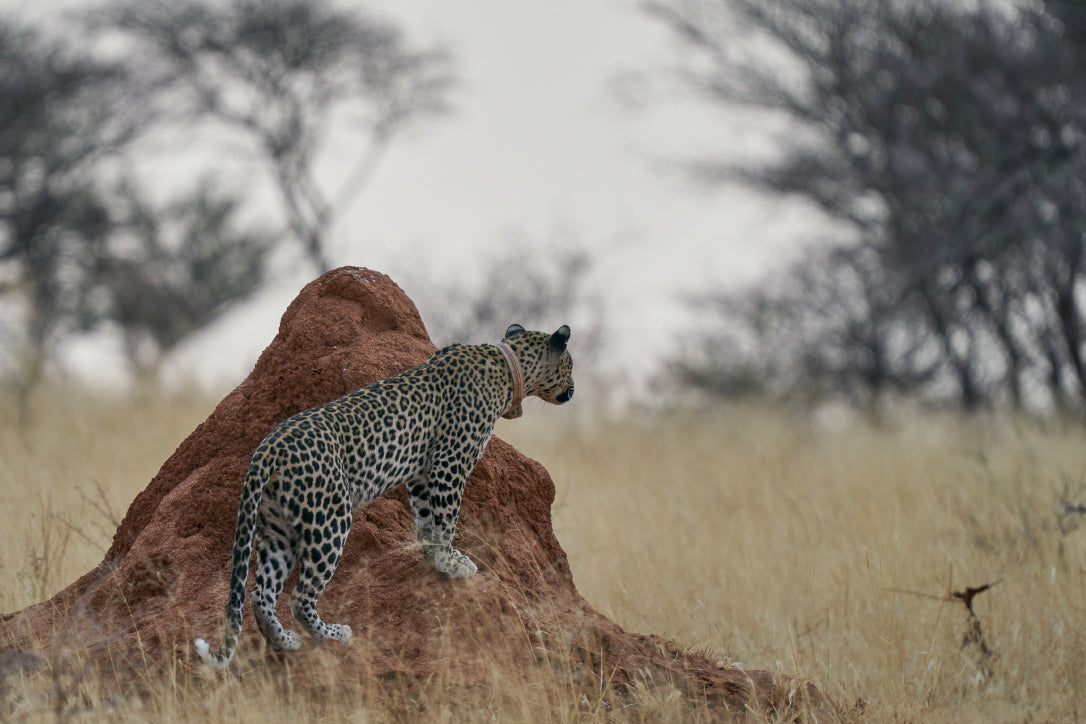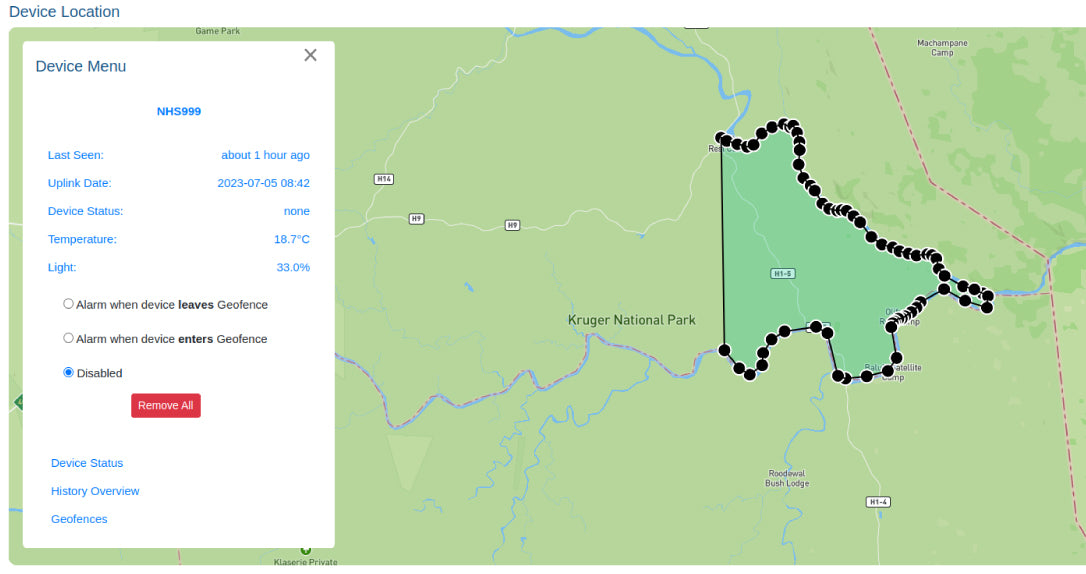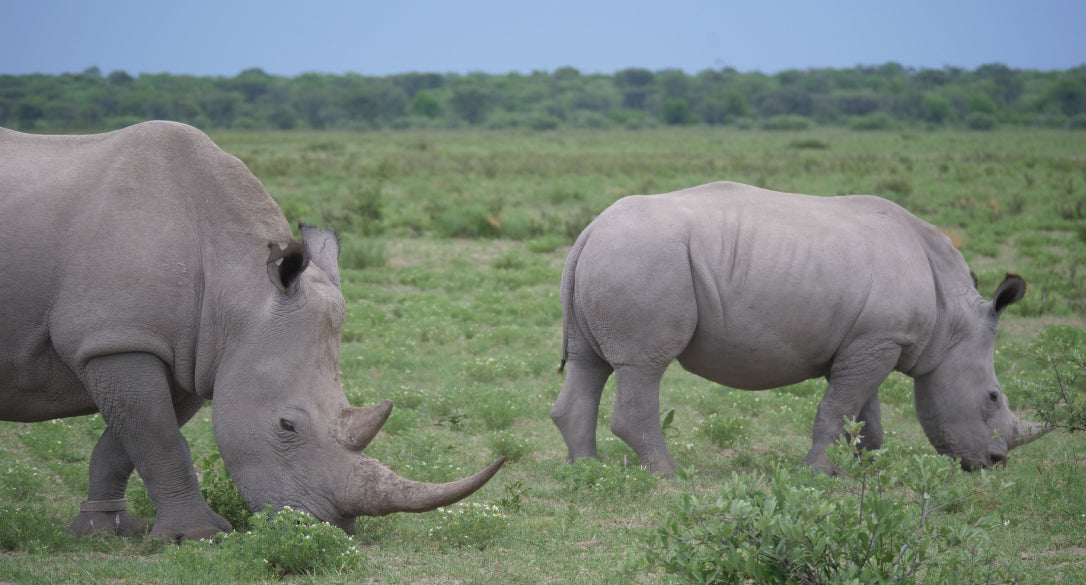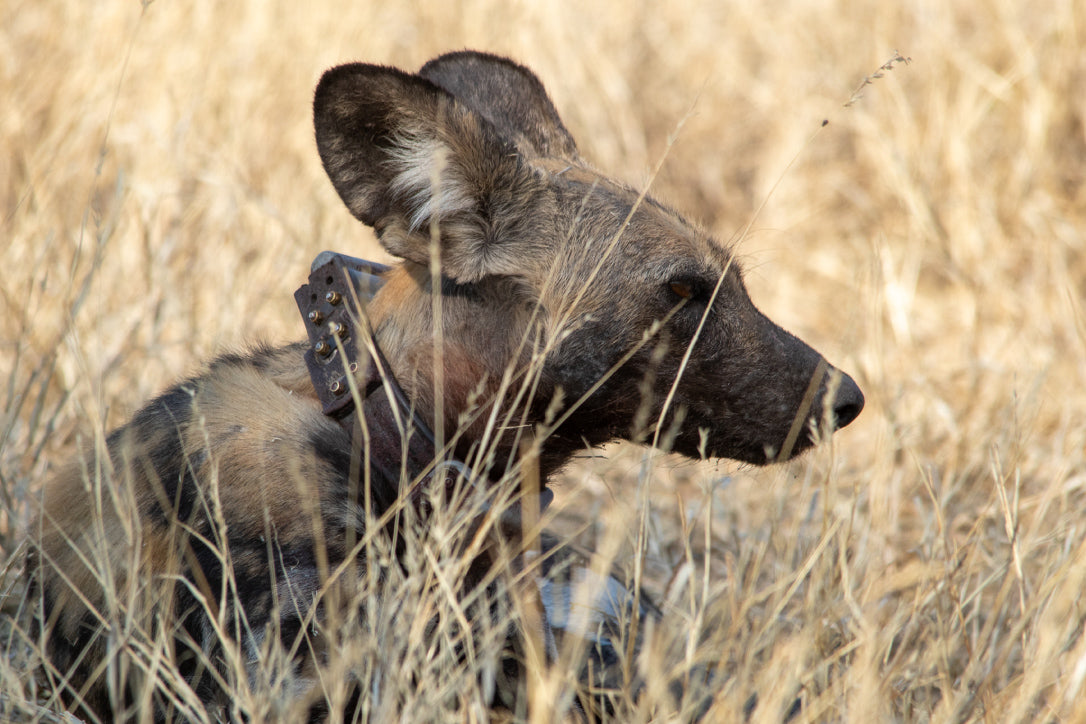Protecting Biodiversity
The advent of IoT technology has revolutionised various aspects of human life, from smart homes to smart cities. However, this transformative technology is not limited to human applications alone. Conservationists and researchers are harnessing the power of smart devices to track and monitor wildlife, aiding in the protection of some of the world's most endangered species. This blog post explores how IoT-based smart technology and environmental monitoring can contribute to wildlife conservation efforts.
Smart Technology for Wildlife Protection
IoT technology is revolutionising wildlife conservation by providing significant benefits and opening up new possibilities. It enhances existing strategies and develops new tools, making notable progress in protecting endangered species.
"IoT technology is revolutionising wildlife conservation, turning data into actionable insights and pioneering a new era of proactive protection strategies."IoT's ability to connect and manage multiple devices across the internet enables real-time data collection from remote areas, providing invaluable insights for conservationists. This technology has spurred innovative solutions like smart collars, camera traps, and drone surveillance for wildlife protection. Let's look at some examples of how these technologies are reshaping conservation efforts:
Smart Collars
IoT-enabled collars equipped with sensors can track an animal's heart rate, location and even skin temperature. These collars can issue alerts when an animal is in distress, helping researchers monitor and respond to their well-being. Monitoring the movement of animal groups can provide valuable insights into migration patterns, territorial behaviour, and breeding habits. This data aids in understanding the needs of these animals and identifying potential threats to their habitats.

Geofencing
Geofencing creates a virtual boundary in a geographical area using location-based services. It triggers a response when a device enters or exits this defined area, facilitating real-time tracking valuable for various research purposes.
With the use of smart sensors alongside a platform like Nvirosense, geofences can be created so that alarms are triggered when animals are exiting safe areas or approaching high-risk zones. This advanced technology can not only mitigate human-wildlife conflicts but it can also help reduce poaching incidents.

Advantages of LoRaWAN Technology:
LoRaWAN, a low-power, long-range IoT technology, offers unique advantages in wildlife conservation. Its low power consumption allows for extended battery life, making it ideal for long-term deployments. Additionally, LoRaWAN operates on unlicensed bands, eliminating the need for costly licenses. This affordability facilitates wider adoption, benefiting large-scale wildlife monitoring projects.
Furthermore, the ability of multiple trackers to communicate with a single LoRaWAN gateway, which has a range of up to 15km depending on the terrain, adds to its suitability for wildlife conservation. This feature enhances the coverage and efficiency of monitoring, making it an excellent choice for tracking wildlife across expansive natural habitats.
Use Case in South Africa
In an innovative move to protect rhinos from poaching, a South African non-profit has leveraged LoRaWAN technology. They've implemented a system that uses durable, lightweight trackers attached to the rhinos, providing location and activity data. This solution allows park rangers to intervene swiftly if rhinos venture into poaching hotspots. The robust and energy-efficient LoRaWAN connectivity ensures reliable tracking over large areas and offers a battery life of up to seven years. Proven successful in its concept stages, this scalable technology offers potential for monitoring other endangered species in the future.

Data is king
Smart sensors, playing a crucial role in wildlife conservation, provide data on animal populations to aid in species protection. As technology evolves, these sensors offer deeper insights into wildlife health, behaviour, and habitat use, while IoT technology minimises disruption to animals through remote data collection and monitoring. This approach ensures both the safety of species and researchers and the collection of valuable data.
With its vast potential, IoT technology is reshaping wildlife conservation efforts. By employing IoT-enabled devices, researchers gain insights into the behaviour and habitats of endangered species. This data-driven approach promotes informed decision-making, leading to effective strategies for conservation and habitat restoration. As we continue to advance technologically, the role of IoT in preserving our planet's most vulnerable species becomes increasingly critical for future generations.
If you would like to discuss animal tracking and research in more detail, please contact us.




